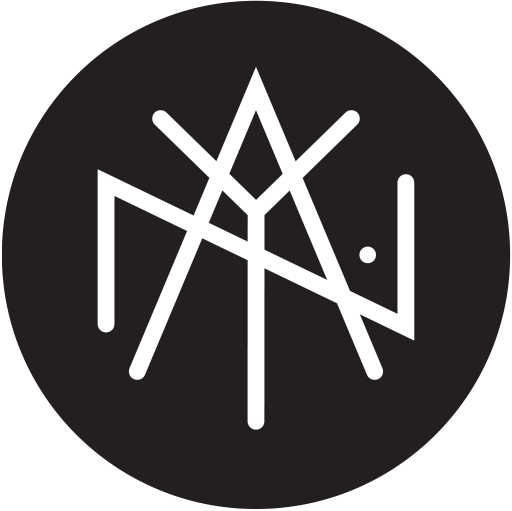The next hire

You're there, it's time to make the next hire. You're probably actually past there. If it's your first hire, you're most likely wishing you already had someone pushing some pixels. When we're small, each hire is huge. You're asking someone into the family. You're risking time, money and in some ways your livelihood, so it's a big deal. Here are a few thoughts for cracking that nut.
Hiring talent over experience. 5 things to consider for when fishing from the talent pool.
1. Take your time
Do your homework. Take this seriously and invest the time. Interviewing and hiring are one part process and one part gut feeling. Ask your peers and fellow designpreneurs to share their wins and failures in this area.
There is much to be said here but start thinking about the culture you want to create, the work you want to pursue, and the role you want to play both now and a few years from now.
If the need is immediate, start utilizing freelancers so that you're not forced to make a decision too soon.
2. Use freelancers (and interns)
As mentioned, freelancers are a great way to alleviate the pressure to get someone onboard. They provide a fluid talent pool to pull from when workload is unpredictable. They also can be a testing ground for potential hires.
3. Account for a learning curve
Regardless of who you hire, there will be a learning curve. Whether they are learning your processes, your clients or even new skill sets, adaptation will take some time. We need to plan for this and plan with flexibility. They are an investment, so treat it as such and the returns will be greater.
4. Use a payroll service
This is worth every penny. I learned this the hard way. There are a number of responsibilities inherent in hiring an employee—from taxes to healthcare to legal considerations. A payroll service can help you navigate these decisions and provide a cost savings of your time for a fairly reasonable price.
5. Lastly, hire talent, not experience
Other than taking your time, this might be the most important one.
First let's define talent. Marcus Buckingham and Curt Coffman at Gallup offer some insights. For the purpose of this post, I define talent as aptitudes and abilities that are inherent in an individual. They are not skills she picked up along the way. Nor do they have anything to do with where he worked or the clients he served. It's what she brings to the table every time she designs.
I define talent as aptitudes and abilities that are inherent in an individual.
If you hire skill sets or experience, you only fill the current need. The tendency is to want to fill the current void. We have this client who needs a mobile app for iOS so let's hire someone who's done just that. But what if you hired an individual with crazy talents in building digital experiences, or better yet building branded experiences. Now you're not limited to his experience but rather posed for greater work down the road.
Hiring talent is future-focused. With it you start creating opportunities that are bigger than your current understandings. What if your digital firm hired a packaging designer? What if a branding firm hired a hacker? If they have talent that is applicable, think of what could come out of it.
Remember, you can always teach skills and provide experiences, you can instill processes, but you can't teach talent.
